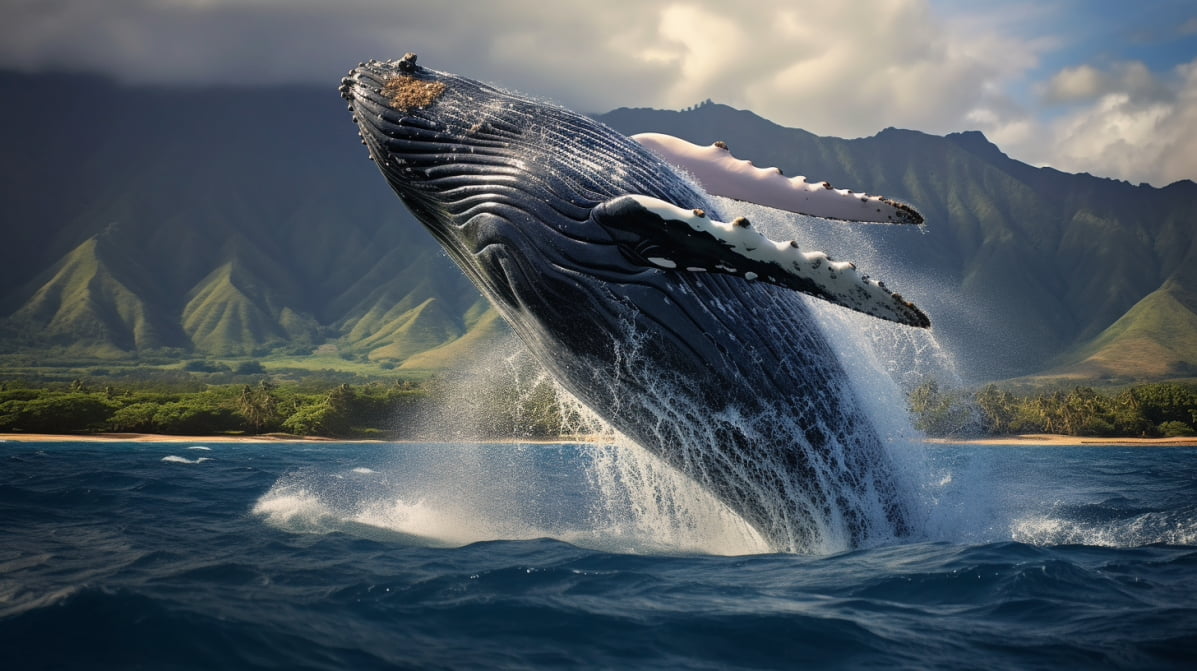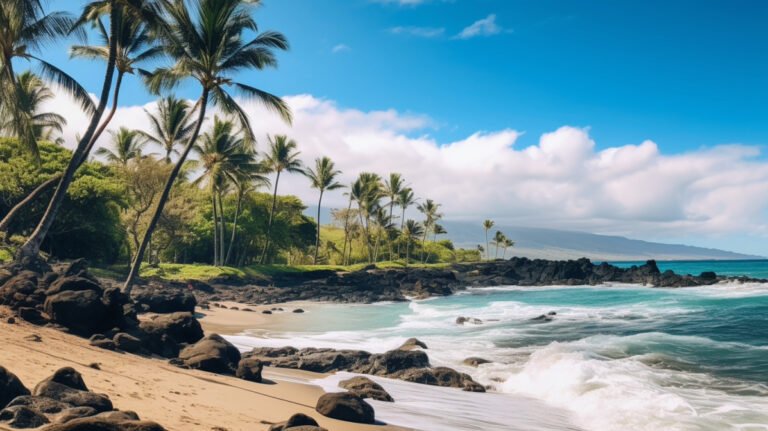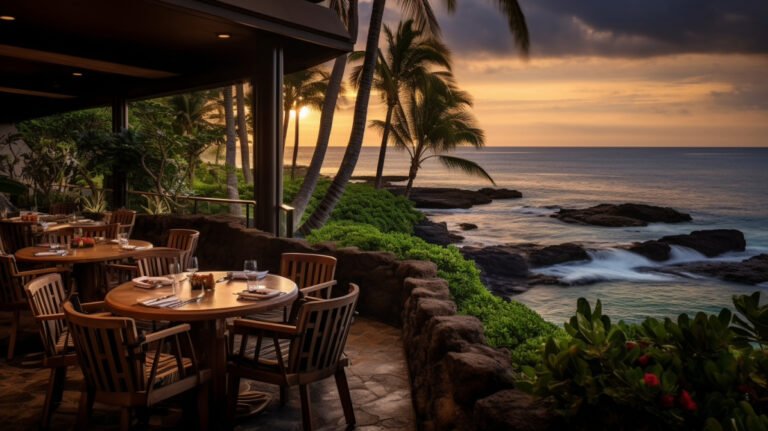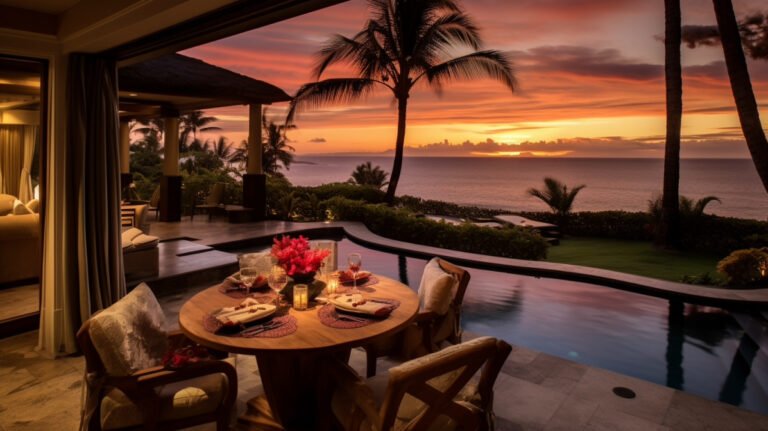🐋 Expert Tips: Best Time to Visit Maui for Whale Watching
Maui is renowned for its spectacular whale watching opportunities. The sight of humpback whales breaching and playing in the warm waters of Maui is truly awe-inspiring. Planning your visit during the best time for whale watching will ensure that you have a once-in-a-lifetime experience. In this section, we will provide expert tips on the best time to visit Maui for whale watching and help you make the most of your trip.
Key Takeaways:
- The whale watching season in Maui runs from December to May.
- The optimal time to go whale watching on Maui is during the prime time for whale watching, which is from January to March.
- The best months for whale watching in Maui are January, February, and March.
- Factors that can affect whale sightings include weather conditions, water temperature, and the location of the whales.
- The prime locations for whale watching on Maui include Lahaina, Maalaea Harbor, and Kihei.
- When whale watching in Maui, it is important to follow responsible whale watching practices and contribute to whale conservation efforts.
Understanding the Whale Watching Season in Maui
Maui, Hawaii is a popular destination for whale watching enthusiasts. The optimal time to go whale watching on Maui is between the months of December and May. This is when the prime time for whale watching in this area takes place. During this period, humpback whales migrate to the warm waters surrounding Maui to mate, give birth, and nurse their young.
During the whale watching season in Maui, visitors have the opportunity to observe these magnificent creatures up close. It is an unforgettable experience that is truly a once-in-a-lifetime opportunity.
Factors Affecting Whale Sightings
While the whale watching season in Maui is between December and May, there are several factors that can affect whale sightings. These factors include weather, water conditions, and ocean currents. Another factor that can impact whale sightings is the location of the whales. While they are commonly spotted in certain areas, they can be unpredictable and change locations frequently.
It is important to keep these factors in mind when planning your whale watching excursion. Your chances of spotting whales will be increased if you book a tour with a knowledgeable guide and carefully choose the dates of your visit.
Best Months for Whale Watching in Maui
If you’re planning a trip to Maui, and you want to see whales, it’s important to know the best months for whale watching. While whales can be seen in Maui throughout the year, there are specific months when you’re more likely to spot them.
The prime time for whale watching on Maui is from December to May. During this time, you’ll have the best chance of seeing humpback whales, which migrate to the warm waters off Maui to breed and give birth.
January and February are typically the peak months for whale watching in Maui, with the largest number of whales often seen during that time. If you’re planning a visit during these months, be sure to book your whale watching tour in advance, as they tend to fill up quickly.
March and April are also great months to go whale watching in Maui. During this time, you’ll likely see fewer whales than in January and February, but the whales that you do see will often be more active, jumping out of the water and putting on a show.
While the whale watching season on Maui officially ends in May, it’s still possible to see whales in June and July. These late season whales are typically mother-calf pairs who are taking their time migrating back to their feeding grounds in Alaska.
Keep in mind that the whale watching season in Maui is subject to change year-to-year based on various factors, such as the weather and ocean conditions. Be sure to check local resources and updates on whale sightings before planning your trip.
Factors Affecting Whale Sightings
While Maui offers an abundance of opportunities for whale watching, it’s important to understand that there are factors that can affect your chances of spotting these creatures in the wild.
One of the most significant factors is the time of year. The peak season for whale watching in Maui is from December to May, when humpback whales migrate to the warm waters surrounding the island to breed and give birth to their calves. However, even during peak season, weather conditions and ocean currents can impact whale sightings.
Another important factor to consider is the time of day. While whales can be seen at any time of day, the best time for whale watching is typically early in the morning or late in the afternoon when the water is calm and visibility is good.
Lastly, it’s worth noting that whale behavior can also play a role in sightings. Whales are wild animals and may not always be visible or active when you want them to be. Experts recommend being patient and spending time in areas where whales are known to frequent to increase your chances of seeing them.
Where to Go for the Best Whale Watching Experience
Maui offers some of the best whale watching experiences in the world, with numerous locations to choose from. To make the most of your trip, head to some of the prime spots for whale watching.
| Location | Description |
|---|---|
| Lahaina | Located on the west coast of Maui, Lahaina is an excellent spot for whale watching. You can head to the Lahaina Harbor or book a whale watching tour for an up-close experience. |
| Maalaea Harbor | Another popular location for whale watching is the Maalaea Harbor. Here, you can book a whale watching tour or simply head to the harbor to catch a glimpse of these magnificent creatures. |
| Wailea | If you’re looking for a more secluded spot to watch whales, head to Wailea. You can watch from the shore or book a private boat tour for a unique and intimate experience. |
Other great locations for whale watching include the Kihei Coast, Makena Beach, and Kaanapali Beach. Keep in mind that whales can be seen from any point along the coast, so be sure to keep your eyes peeled!
Tips for the Best Experience
- Make sure to bring sunscreen and wear comfortable clothes.
- Bring binoculars for a closer look.
- Book a tour with a reputable company for an unforgettable experience.
- Respect these creatures and give them plenty of space. Avoid getting too close or disrupting their natural behavior.
By following these tips and heading to the prime locations for whale watching in Maui, you’re sure to have an unforgettable experience. Just remember to plan your trip during the best time for whale watching to increase your chances of seeing these majestic creatures in action.
Tips for Whale Watching in Maui
Whale watching in Maui can be an incredible experience, but it’s important to plan ahead to make the most of your time. Here are some tips to help you have the best possible whale watching experience:
- Book a tour: The best way to see the whales up close is to book a tour with a reputable company. They have experienced guides who know where to find the whales and can provide valuable insights into their behavior.
- Bring binoculars: While you will likely get up close to the whales on your tour, it’s still a good idea to bring binoculars to enhance your viewing experience.
- Dress appropriately: It can get chilly out on the water, so be sure to dress in layers and wear a jacket or sweater.
- Be patient: Whales are wild animals, and there’s no guarantee that you’ll see them on your tour. Be patient and enjoy the experience of being out on the water.
- Respect their space: It’s important to remember that you are a guest in the whales’ natural habitat. Keep a safe distance from them and don’t attempt to touch or feed them.
By following these tips, you’ll be well on your way to having an unforgettable whale watching experience in Maui. Happy exploring!
Conservation and Whale Watching in Maui
While whale watching in Maui can be a thrilling experience, it’s important to remember that we are visitors in the whales’ natural habitat. As such, we must respect their space and practice responsible whale watching to ensure we do not cause them unnecessary stress or harm.
Whale conservation efforts in Maui are crucial to the preservation of these magnificent creatures. It is important that we all play our part in sustaining the delicate balance of the ecosystem and protecting these animals for future generations to enjoy.
To do your part, consider booking a whale watching tour with a company that has a strong commitment to responsible whale watching practices. These companies often have trained naturalists onboard who can provide a wealth of information about the whales and their behavior, as well as educate visitors about the importance of conservation efforts.
Additionally, visitors should always follow the “whale watching rules” which include maintaining a safe distance, reducing speed when near whales, and avoiding any sudden movements or loud noises that may disturb them. Remember, the welfare of these whales should always be our top priority.
By practicing responsible whale watching and supporting conservation efforts in Maui, visitors can have a memorable and fulfilling experience while respecting the importance of preserving the natural environment and the creatures that call it home.
Conclusion
Whale watching in Maui is a must-do activity for nature enthusiasts and animal lovers alike. Planning your visit during the optimal time for whale watching can make all the difference in your experience. Remember to keep in mind the prime time for whale watching in Maui and the best months for viewing whales.
Factors such as weather conditions, sea temperature, and water visibility can all impact whale sightings, so it’s important to pay attention to these details when planning your trip.
When it comes to the best spots for whale watching on Maui, there are several locations to choose from. Some of the prime locations include Lahaina, Kihei, and Ma’alaea Bay.
To make the most of your whale watching experience in Maui, follow our expert tips and suggestions. And most importantly, remember to practice responsible whale watching practices and contribute to the preservation of these magnificent creatures.







